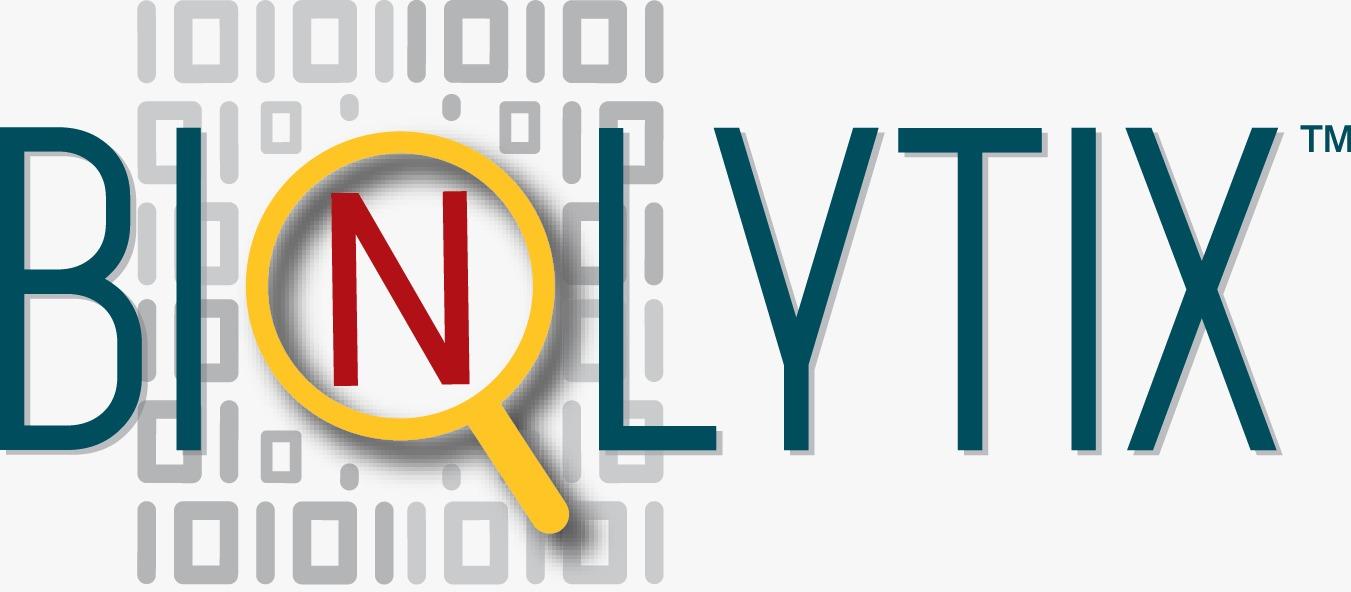Selecting the right software development tool is a critical decision that can significantly impact the efficiency and success of your development projects. With an ever-expanding range of tools available, finding the perfect fit can be daunting. In this blog, we'll walk you through a step-by-step guide to help you make informed decisions and choose the perfect tool for your software development needs.
You might not think that programmers are artists, but programming is an extremely creative profession. It’s logic-based creativity.
Define Your Project Requirements
Start by understanding the specific requirements of your project. Consider factors like the programming language you'll use, project complexity, team size, collaboration needs, and budget constraints. Documenting these requirements will act as a roadmap during your tool selection process.
Identify Key Features
Once you've established your project requirements, list down the essential features your ideal tool should have. For example, if you need robust version control, prioritize tools with powerful Git integration. If seamless collaboration is essential, look for tools that offer project management and team communication features.
Evaluate User-Friendliness
User-friendliness is crucial to ensure that your team can quickly adopt and utilize the tool effectively. A steep learning curve might slow down productivity and lead to resistance from team members. Opt for tools with intuitive interfaces and comprehensive documentation or training resources.
Consider Integration Capabilities
Check how well the tool integrates with your existing development ecosystem. Seamless integration with version control systems, issue trackers, and other essential tools can streamline your workflows and improve overall efficiency. Look for plugins or APIs that allow customization and integration with other tools.
Research Reviews and User Feedback
Take advantage of online reviews and user feedback to gain insights into the real-world experiences of other developers with the tool. Look for patterns and common themes in both positive and negative reviews. This research will provide valuable perspectives on the tool's strengths and weaknesses.
Trial and Testing
Most software development tools offer trial versions or free tiers. Take advantage of these opportunities to test the tools in a real-world environment. Involve your development team in the testing process to get their feedback and understand how well the tool aligns with your project's requirements.
Scalability and Future Needs
Consider the long-term scalability of the tool. Will it accommodate your growing team and project needs in the future? Avoid tools that might become limiting as your projects evolve. Choose a tool that can adapt to your future requirements and align with your organization's goals.
Evaluate Support and Updates
Good customer support is essential, especially when facing technical issues or seeking assistance with complex setups. Investigate the support options provided by the tool's vendor and ensure they offer prompt and reliable help. Additionally, check the tool's update frequency to ensure it stays current with the latest industry standards and security measures.
Conclusion
Choosing the perfect software development tool requires careful consideration of your project requirements, user-friendliness, integration capabilities, and scalability. Thorough research, user feedback, and hands-on testing are crucial in making an informed decision. Remember that there is no one-size-fits-all solution, but by following these steps, you can identify the best tool that empowers your development team and drives your projects towards success.





